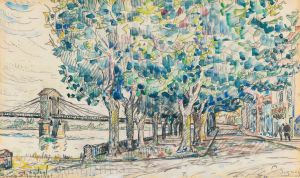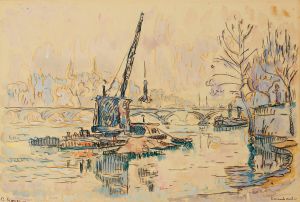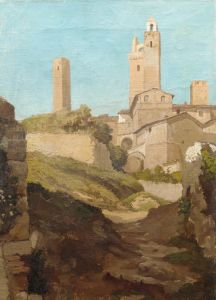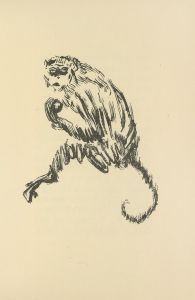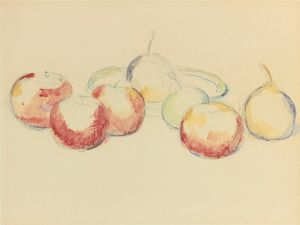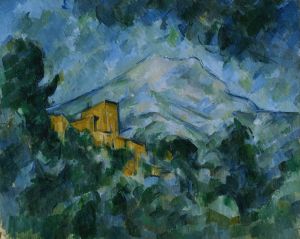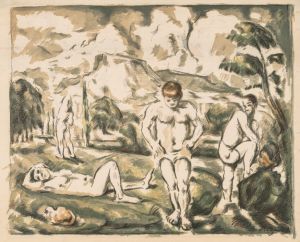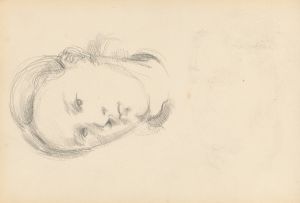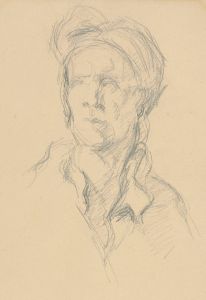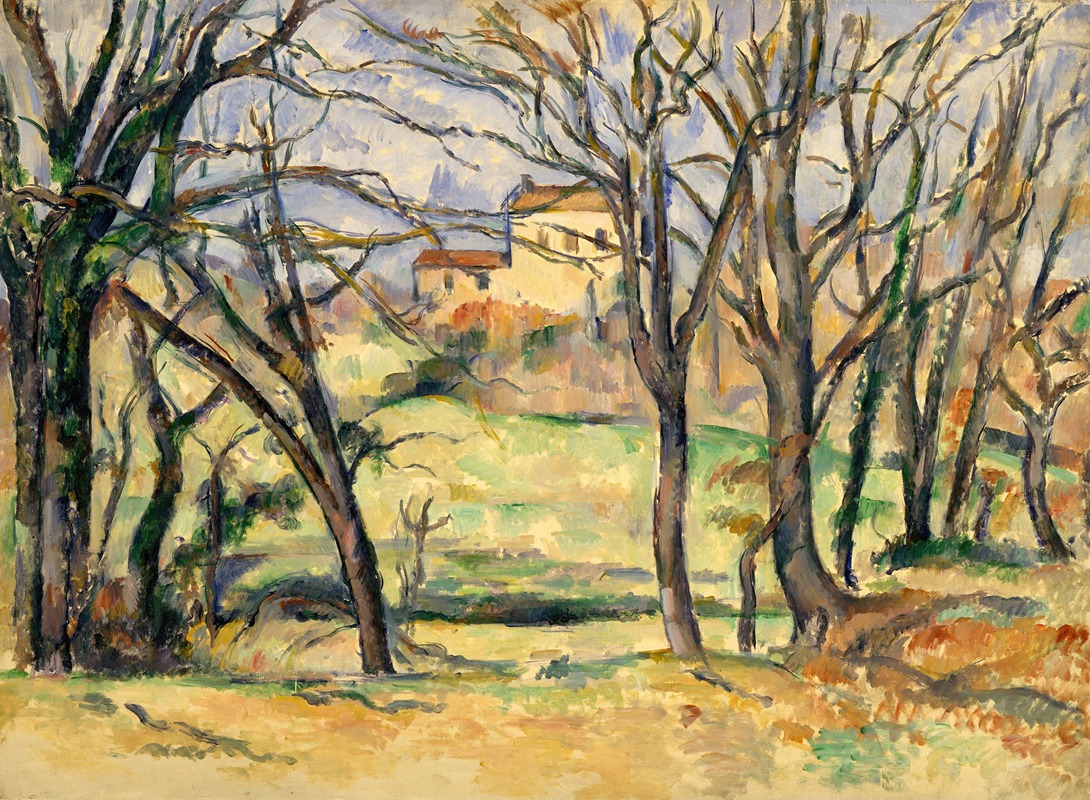
Trees and Houses Near the Jas de Bouffan
A hand-painted replica of Paul Cézanne’s masterpiece Trees and Houses Near the Jas de Bouffan, meticulously crafted by professional artists to capture the true essence of the original. Each piece is created with museum-quality canvas and rare mineral pigments, carefully painted by experienced artists with delicate brushstrokes and rich, layered colors to perfectly recreate the texture of the original artwork. Unlike machine-printed reproductions, this hand-painted version brings the painting to life, infused with the artist’s emotions and skill in every stroke. Whether for personal collection or home decoration, it instantly elevates the artistic atmosphere of any space.
"Trees and Houses Near the Jas de Bouffan" is a painting by the renowned French Post-Impressionist artist Paul Cézanne. This artwork is part of Cézanne's extensive exploration of the landscape surrounding his family estate, the Jas de Bouffan, located in Aix-en-Provence, France. Cézanne's connection to this estate was profound, as it was not only his family home but also a significant source of inspiration throughout his artistic career.
The painting is believed to have been created during the late 19th century, a period when Cézanne was deeply engaged in capturing the essence of the Provençal landscape. The Jas de Bouffan estate, with its distinctive architecture and lush surroundings, provided Cézanne with a rich tapestry of natural and man-made elements to explore through his art. This particular work exemplifies Cézanne's innovative approach to composition and his evolving style, which would later influence the development of modern art.
In "Trees and Houses Near the Jas de Bouffan," Cézanne employs his characteristic brushwork and a palette that reflects the natural tones of the landscape. The painting features a harmonious blend of trees and architectural elements, showcasing Cézanne's ability to balance the organic with the structured. His use of color is both subtle and dynamic, capturing the interplay of light and shadow that defines the Provençal environment.
Cézanne's technique in this painting demonstrates his departure from the traditional Impressionist style, moving towards a more structured and analytical approach. He was less concerned with capturing fleeting moments and more focused on the underlying forms and structures within the landscape. This method involved building up the composition through small, deliberate brushstrokes, creating a sense of depth and solidity that was distinct from the more fluid techniques of his Impressionist contemporaries.
The significance of "Trees and Houses Near the Jas de Bouffan" lies in its representation of Cézanne's transition towards a style that would lay the groundwork for Cubism and other modern art movements. His exploration of geometric forms and the simplification of natural elements can be seen as a precursor to the radical changes that would occur in the art world in the early 20th century.
Cézanne's work at the Jas de Bouffan was not only a personal endeavor but also a pivotal contribution to the broader art historical narrative. His ability to capture the essence of the landscape while simultaneously deconstructing its forms challenged the conventions of his time and inspired future generations of artists. "Trees and Houses Near the Jas de Bouffan" is a testament to Cézanne's innovative spirit and his enduring impact on the evolution of modern art.
Today, Paul Cézanne is celebrated as a pivotal figure in the transition from 19th-century artistic traditions to the avant-garde movements of the 20th century. His paintings, including "Trees and Houses Near the Jas de Bouffan," continue to be studied and admired for their groundbreaking approach to form, color, and composition. The painting remains an important piece within Cézanne's oeuvre, reflecting his deep connection to the landscape of Provence and his relentless pursuit of artistic innovation.








